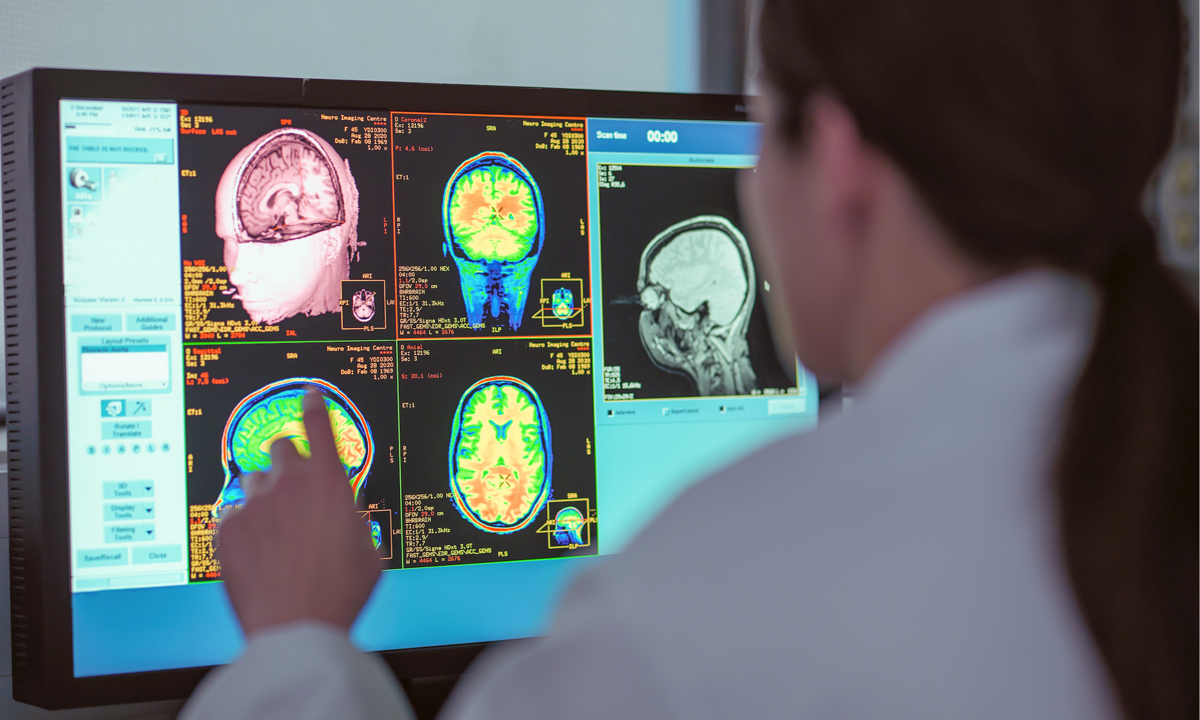Artificial intelligence (AI) is everywhere and has become a topic of discussion and debate. While the lines seem blurred in instances like in the entertainment industry regarding how much AI is too much AI, it is making incredible waves in the medical field, recently helping a 20-year-old severely paralyzed bilingual man regain his ability to communicate, explained in findings first published on May 20 in Nature Biomedical Engineering.
The man, identified in news reports as “Pancho” became severely paralyzed after a stroke he had in the early 2000s. As a result, he can not speak and can only moan and grunt. Despite this, Pancho learned English, and when he was in his thirties, he partnered with Edward Chang, a neurosurgeon at the University of California, San Francisco, to study the stroke’s lasting effects on his brain, per Scientific American.
Scientists at the University developed a bilingual brain implant that uses an AI method called neural network to turn brain activity into sentences that are displayed on a screen.
Researchers were able to train Pancho’s implant to decode words based on his brain activity when he tried to speak. Led by Chang’s PhD student, Alexander Silva, they began training the system as Pancho tried to say nearly 200 words. His efforts created a distinct neural pattern recorded by the electrodes.
By 2021, the technology significantly helped restore Pancho’s ability to communicate, but only in English. His first sentence was “My family is outside.”
With Pancho’s first language being Spanish, the long-term goal was to allow him to communicate that way. “What languages someone speaks are actually very linked to their identity,” Chang says, per Nature. “And so our long-term goal has never been just about replacing words, but about restoring connection for people.”
Using shared speech sound representations and transfer learning, researchers created a decoding system that later made Pancho’s brain implant bilingual in Spanish and English, allowing him to switch between languages and have candid conversations.
Their findings also showed that the brain’s speech patterns remain consistent across languages despite paralysis.
,type=downsize)





